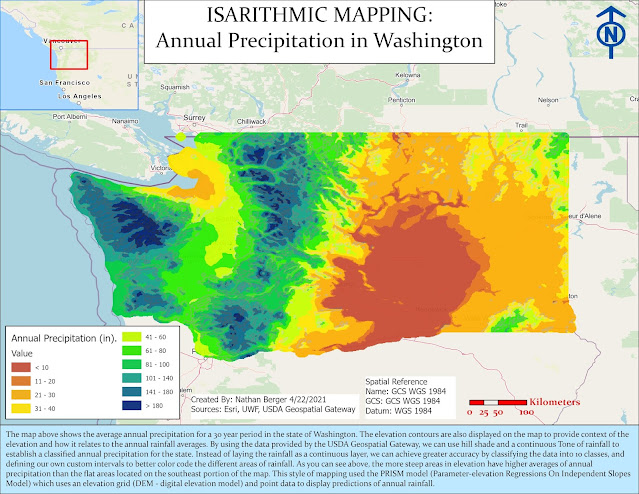Positional Accuracy: NSSDA Standards In GIS
Today We Are Using Imagery and Street Data
I am creating digitized test points in the city below to compare a dataset of streets to a more accurate, local dataset of city streets. We are doing this to calculate the horizonal accuracy of the streets, by dropping points on intersections that both datasets share in commonality.
This is what my Test data looked like with the new streets data. I am comparing these streets to the ABQ local streets (which are extremely accurate) to compare this sample of USA streets to the real data or "accurate street data".
The red points are the intersections in the city. As you can see, these points were scattered to all 4 quadrants of the city for unbias distribution. Yet there will still be some bias included in the data due to the user, me, picking the intersections and the points. I also was using very high resolution oblique imagery to make sure I was comparing my test data to the real center point of the intersection. There is bias in interpreting imagery, even at a high resolution.
My calculations started with taking the difference of the X and Y Points. I then squared these values, and added them together (the differences in the X and Y). We are doing this to calculate the horizontal accuracy of the dataset at a 95% Confidence Interval. Then we proceeded to the final steps...
The NSSDA statistic is calculated by the following...
1. SUM: the sum of the set of squared differences between the test data set coordinate values and the reference data set coordinate values
2. AVG: the average of the sum we just calculated by dividing the sum by
the number of test points being evaluated to the reference data.
3. RMSE: root mean square error statistic aka the square root of the average. This is how much error is in our test data from the actual real data or accurate data.
This is what my Test data looked like with the new streets data. I am comparing these streets to the ABQ local streets (which are extremely accurate) to compare this sample of USA streets to the real data or "accurate street data".
The red points are the intersections in the city. As you can see, these points were scattered to all 4 quadrants of the city for unbias distribution. Yet there will still be some bias included in the data due to the user, me, picking the intersections and the points. I also was using very high resolution oblique imagery to make sure I was comparing my test data to the real center point of the intersection. There is bias in interpreting imagery, even at a high resolution. As you can see, the RMSE is high, which means there is a lot of error in comparing the test data to the reference data. This means the data we were testing is likely not very accurate when compared to the real data.







Comments
Post a Comment